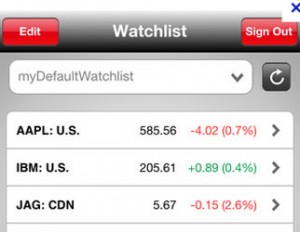Another 5 Underrated Index Funds
Last week I presented a list of five Canadian ETFs I feel are underused compared with their billion-dollar competitors. Here’s are three more ETFs and a couple of index mutual funds I’d put in the same category. 1. PowerShares FTSE RAFI Canadian Fundamental (PXC) The iShares Canadian Fundamental (CRQ) has been a high-profile ETF since [...]












